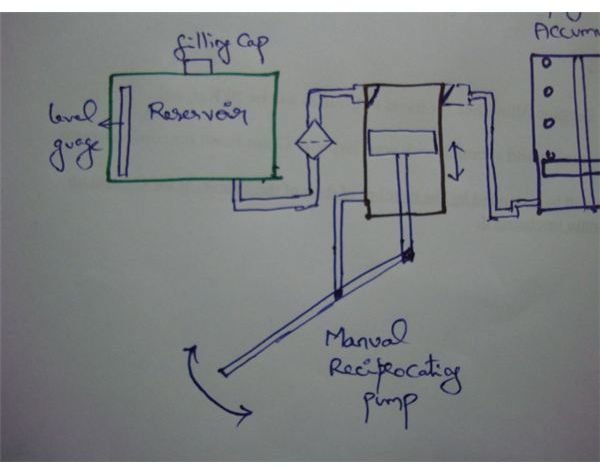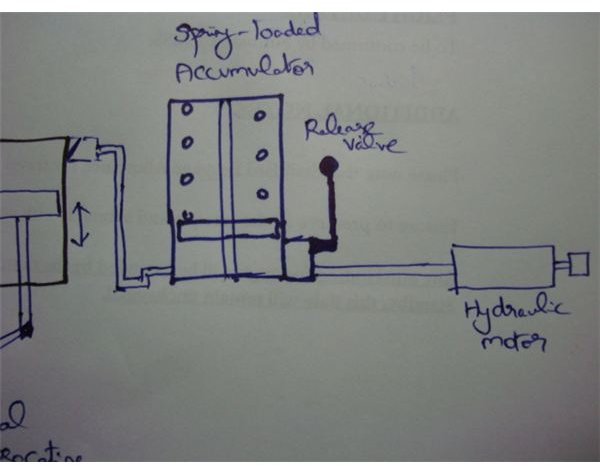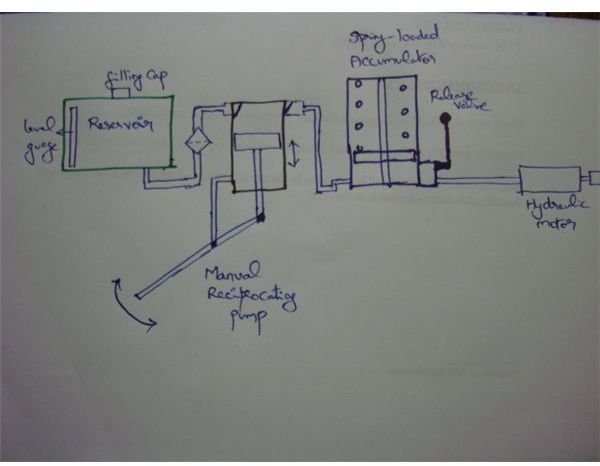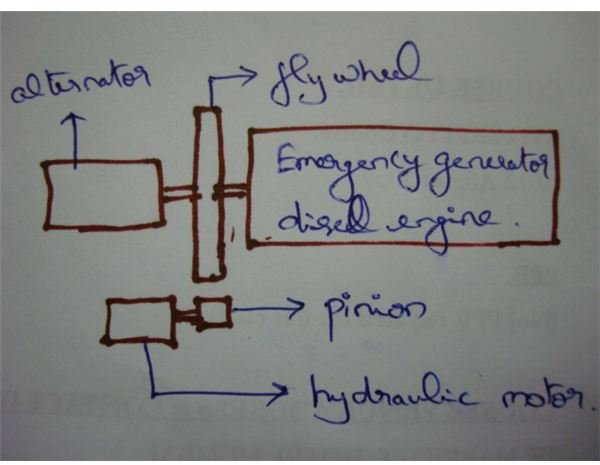How do hydraulics work - Learn how to start an emergency generator manually.
Introduction
We all are aware that any merchant ship is equipped with necessary emergency source of electrical power and other life saving appliances like life boats and rescue boats. They all are very essential for the safety of ship and the crew. It is highly essential to maintain these emergency systems in perfect working conditions as they are classed “Critical.” SOLAS - an IMO convention for the safety of life at sea, has established a set of rules and regulations, for minimum operating standards for these emergency equipments. Let us discuss and know how do hydraulics principles work as the means of starting an emergency generator and rescue boat.
Starting of Emergency Generating Set - Hydraulic Manual Method
Emergency generator is provided on board merchant ships as one of the emergency source of electrical power. When the main source of power fails, the emergency source of electrical power should automatically start and supply to the main bus bar via the emergency bus bar within 45 seconds, as per the SOLAS regulations. The primary automatic starting arrangement is usually an electric motor cranking the flywheel of the prime mover. The electric motor draws its power from the battery which is charged from emergency switch board.
This primary method of starting should be capable of having sufficient stored energy for at least three consecutive starts. But what will happen if this source is totally drained and still the emergency generator does not start? It is for this reason, a secondary means of starting is essential to attempt for starting the emergency generator. As per the regulation, the secondary means of starting must be capable of delivering additional three starts within 30 minutes. If not an administration accepted manual means of starting is required. Most of the ships have manual means of starting as a secondary source. There are different types of manual starting arrangements. They are
- Hand Cranking
- Inertia starters
- manually charged hydraulic accumulators
- Powder cartridges
Let us discuss how the manually charged hydraulic accumulators help in starting of emergency generators.
Manually Charged Hydraulic Accumulators
As described in my previous article, the accumulator method of starting has a simple arrangement and very few components involved. The system has a small hydraulic oil reservoir tank with a return oil filter in it. The hydraulic oil is pumped into the accumulator by a hand operated reciprocating pump. The reciprocating pump is operated manually by strokes inward and outward. This causes hydraulic oil to be sucked from the reservoir and discharged into the accumulator chamber under pressure.
An accumulator is a solid spring-loaded device, used to store energy in the form of pressure. It has a piston which is held in downward direction by the spring force. When the oil is pumped inside the accumulator, the piston is pushed up against the spring force. This accumulation of oil under pressure causes the spring to store energy as it is getting compressed. There is always a limit for the accumulation of the pressure, which is dependent on the strength of the spring and piston. Usually the manufacturer specifies the maximum pressure that the accumulator can be charged and also the working pressure of the system.
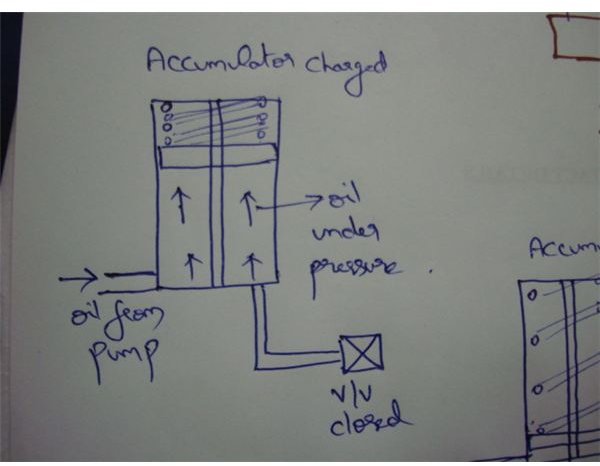
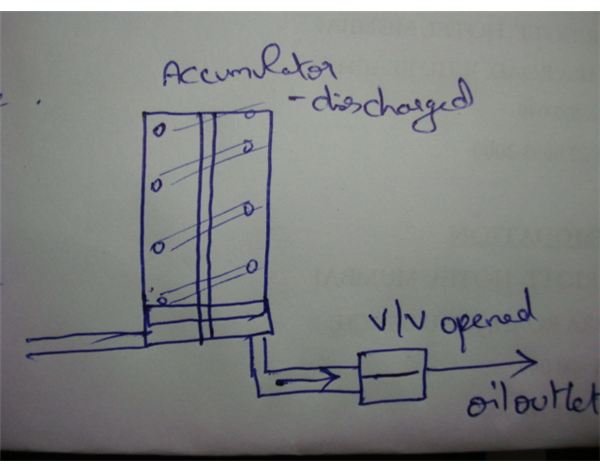
After the accumulator has been charged up to the specified required pressure, the quick-release lever on the accumulator has to be operated with a sudden jerk. When the lever is operated, the passage between the hydraulic starter motor and the accumulator is connected. The stored energy in the accumulator (compression of the spring) forces the oil out of the accumulator with enormous pressure, thus making the hydraulic motor to engage with the flywheel of the prime mover. It is the pressure in the oil and sudden release mechanism which makes the pinion of the hydraulic motor to rotate. As the pinion of the hydraulic motor rotates, the flywheel also starts to rotate and thus creates a minimum r.p.m, so that the fuel injected can get ignited and thus the engine starts. But the time when engine starts, the pressure energy is lost and the pinion of the hydraulic motor automatically gets disengaged due to the spring force. This simple hydraulic starting method is used on board as manual/secondary means of starting an emergency generator and rescue boat engines.
